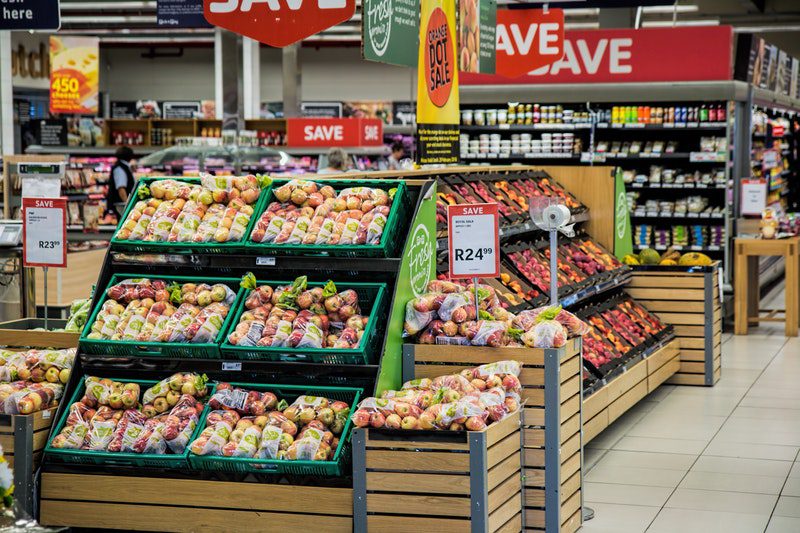Retail- the word refers to a wide gamut of goods and services offered to the customers. Be it electronics goods, books or dress materials; everything falls under the retail sector. So, the retail sector is competitive and dynamic. Getting manifold growth in such a dynamic sector is not easy. Business owner’s needs to stay focused and follow some key habits to rule the retail world. What are these habits? Let us check out.
Use of Omni Channels
Through just 10% of involvement at present, online shopping is gaining importance day by day. So besides running your business at the brick and mortar shops, you must use websites to expand your retail business. While the physical stores can act as try and buy centers, the online stores can act as instant shopping centers for busy consumers who do not like to hop from one shop to another to buy a product.
Now there are a couple of ways you can go for online selling of your goods and services; either by getting your own website or by having tie-ups with big online stores like Amazon and Walmart. If you have your own website you can display as many products as you want and directly interact with the customers. But in this case, you must create and maintain a website. Also, if the website is not popular people may not find it reliable to buy from the site. On the other hand, if you coordinate with any big brand then the hassles of maintaining a website is not there but you have limited opportunity to show your products.
So, if you really want your retail business big, you must resort to both online and offline shopping avenues to sell your products.
Be Informed
The retail sector is dynamic and hence it is important to keep the industry news at your fingertips to succeed. The reason most of the industries fail to thrive in the competitive retail world is that they lack industry knowledge, a concrete vision, and mission. Lots of new companies are entering the market each day with new products and hence to be at the edge of these companies, in-depth market knowledge is necessary.
Besides being knowledgeable about the current market condition, it is also important to know about your company status. How busy you may be, the financial condition of your organization should be known to you. This helps you to take necessary decisions regarding the future of the company.
The best way of remaining informed about your business finance is keeping the accounts in your hand. Regular cash flow is important for any business and hence it is important for you to keep track of how much is bringing spent and earned every month.
Information which you must keep is the amount of inventory you have. While fewer inventories can reduce your sales, excess inventory leads to wastage of goods and in turn money. So how good may be your store manager, you must deal with the stock yourself.
Know your customers
Last but not the least; identify your customer requirements. The first thing is to identify the customer base. Who is interested in your product? Do they prefer online shopping or offline shopping? When do they shop the most? You can know all these by researching on the market trends. Another popular way to know about your customers is by sending those surveys. Capture the Voice of Customer (VOC) and work on the feedback to grow your business.
Another important factor that, you must keep in mind which is the right place for you to sell the product. For example, a coffee shop on the corner street may be good but a bookshop must be near schools or colleges to get more sales.
This is important not only to get new customers but also to retain the old ones. Giving regular discounts and offers, loyalty points and gift vouchers you can win the hearts of your customers. Another major aspect of keeping customers happy is by providing extraordinary customer service. If your customers are getting prompt response and solutions to their problems you are sure to have them as your customers for a long time to come.
Getting high profits in the retail sector is just not about creating market strategies sitting in your cubicle; it is about getting yourself into the heart of the business and experiencing the challenges. It is about involving your employees in the well-being of the business. Keep them informed about the company success, make them aware of the company ethics, brand value and mission of the organization;
Article Source: https://www.pressreleasepost.com/are-you-barcoding-your-products/







